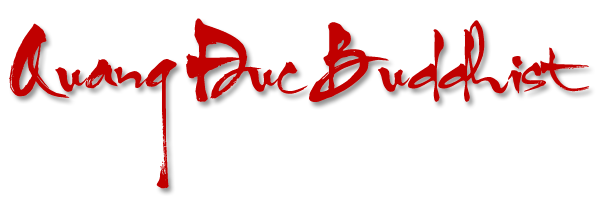Animal rights as Buddhists what do we think of them
Bhikkhu Prof. Dhammavihari
---o0o---
There are two basic premises in Buddhism based on which I propose to talk to you on this subject of animal rights this evening. At the very outset, it is good to remind ourselves that more than two and half millennia ago, the Buddha had a vision of the universe, not as one created by any one at any specific point of time, but as one which has evolved itself through both time and space. In this vision, one sees on the one hand a very close parallel to what is referred today as the Big Bang theory. On the other, in its graphic details about life therein, Buddhism reflects a keen awareness and a serious reckoning of concepts like ecosystems and the biodiversity in which the more serious-minded philosopher- scientists of the world are deeply concerned.
For this very reason, Buddhism looks upon life in the universe as a totality which has by itself a right to exist unhindered, with no threats of destruction from outside to serve the needs of any single person or group, whether they be under the direction of any human or divine authority. It is reckoned that the harmonious continuance of the universe does not permit or allow of such crude and clumsy handling of mother nature. In Buddhism, in a book called the Manual of Good Living or Dhammpada, this idea is expressad as follows.
All living things fear being beaten with clubs.
All living things fear being put to death.
Putting oneself in the place of the other,
Let no one kill nor cause another to kill.
Dhammapada verse no. 129
Buddhism also offers definite and positive instructions with regard to the manner in which humans should develop universal loving kindness towards all living things that exist in the universe, whether in close proximity or at a distance, seen or unseen, large or small, fierce or timid. Even those seeking to come into existence [ sambhavesii] like foetal bodies of unborn babies or those in the stage of eggs are encompassed within this range of universal loving kindness or mettaa in Buddhism. It specifies this attitude thus declaring ' May all beings be well and happy' [ Sabbe sattaa bhavantu sukhitattaa ].
These are the two major premises which we should bear in mind. Our precise awareness of the real relationship in which the rest of the universe stands towards the humans as well as the healthy and sound attitude of mind with which humans should handle whatever is besides themselves. Buddhism highlights this relationship very much. The word mettaa which is used to designate this attitude of mind simply means 'respectful friendliness' or absence of hostility in humans [ avyaapaada ] towards all those who are besides themselves. It is categorically stated that with such thoughts of hostility one should not wish to bring about unhappiness upon another [ Byaarosanaa pa.tighasa~n~naa naa~n~nama~n~nassa dukkham iccheyya ].
In some prefatory remarks to Rupert Sheldrake's The Rebirth of Nature - Rider [ 1994 Reprint ] we discover the following observations which appear extraordinarily interesting in the light of early Buddhist teachings.
' Rupert Sheldrake goes on to present a compelling case for the revival of animism, and for a new code of ethics that acknowledges our involvement as individuals and communities in the living world of nature. He shows how we are on the threshold of a new synthesis in which traditional wisdom, personal experience and scientific insight can be mutually enriching.'
It is in this same spirit that Biophelia Hypothesis emphasises the need to retrieve human respect for and recognition of the biodiversity in the universe and its ecosystems.
Source: www.buddhismtoday.com
Update : 01-12-2001

